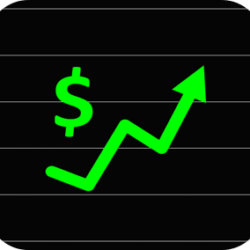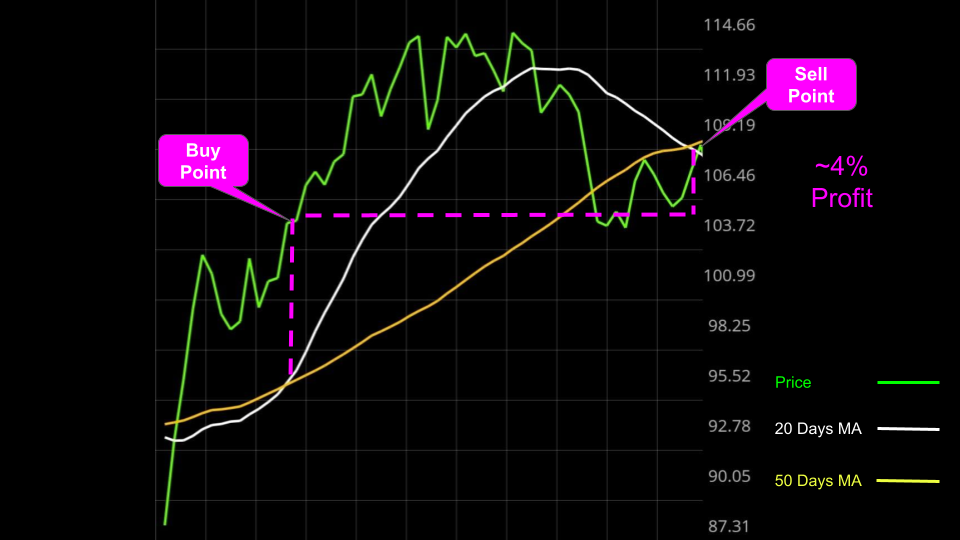Navigating Stock Markets During High Inflation: Short-Term Trading Strategies
In the world of finance, the relationship between inflation and the stock market is a complex dance, often triggering a series of intricate responses and outcomes. In recent times, the prospect of high inflation has sparked concerns among investors and traders alike. This article aims to delve into the effect of high inflation on stock markets and offer insights into developing short-term trading strategies to navigate these challenging waters.
Understanding the Inflation-Stock Market Connection
Inflation refers to the sustained increase in the general price level of goods and services in an economy. While moderate inflation is considered a normal economic phenomenon, high inflation can have far-reaching implications, including its impact on the stock market.
1. Equity Valuations: High inflation can erode the purchasing power of consumers, potentially leading to reduced spending. This, in turn, might impact corporate earnings, thereby affecting stock valuations.
2. Interest Rates: Central banks often respond to inflation by raising interest rates to curb spending. Higher interest rates can make borrowing more expensive for businesses and consumers, potentially slowing down economic activity and affecting stock performance.
3. Investor Sentiment: The uncertainty brought about by inflation can lead to heightened market volatility. Investors may become more cautious, leading to rapid shifts in sentiment and trading patterns.
4. Sector Performance: Different sectors respond differently to inflation. While sectors like energy and commodities might thrive, others like technology and consumer discretionary could face challenges due to higher input costs and reduced consumer spending.
Developing Short-Term Trading Strategies
In times of high inflation, short-term trading strategies need to adapt to the changing market dynamics. Here are some strategies to consider:
1. Sector Rotation: Given the varying impacts of inflation on different sectors, consider rotating your investments based on the prevailing economic conditions. Defensive sectors like utilities and healthcare might perform relatively better during inflationary periods.
2. Inflation-Resistant Stocks: Identify companies with strong pricing power and the ability to pass on increased costs to consumers. These companies are better positioned to weather the inflation storm.
3. Dividend Stocks: Dividend-paying stocks could offer stability and a source of income during volatile times. Dividends can act as a hedge against the eroding effects of inflation on purchasing power.
4. Tactical Hedging: Consider using options and other derivatives to hedge your portfolio against potential downturns. However, options trading requires a good understanding of the market and comes with risks.
5. Stay Informed: Keep a close eye on economic indicators, central bank policies, and inflation reports. Timely information can help you adjust your strategies as the situation evolves.
6. Technical Analysis: Short-term traders often rely on technical analysis to identify trends and patterns. Volatile markets driven by inflation can create opportunities for short-term gains based on these analyses.
7. Flexible Approach: Stay open to adjusting your strategies based on market developments. High inflation can lead to rapid changes, so flexibility is key.
Conclusion
High inflation presents a unique set of challenges and opportunities for traders in the stock market. While the relationship between inflation and stock performance is intricate, understanding the potential impacts and adapting strategies accordingly can lead to better outcomes. Remember, short-term trading requires a deep understanding of market dynamics, risk management, and continuous learning. As with any trading strategy, it’s crucial to be well-informed, remain patient, and exercise caution while navigating the complexities of high inflation environments.
Share Predictions mobile app provides AI powered stock price change predictions in the short term, trend trading portfolio signals, and premium technical analysis tools, with focus on stock markets in USA. Share Predictions is available in both Apple App Store and Google Play Store.










